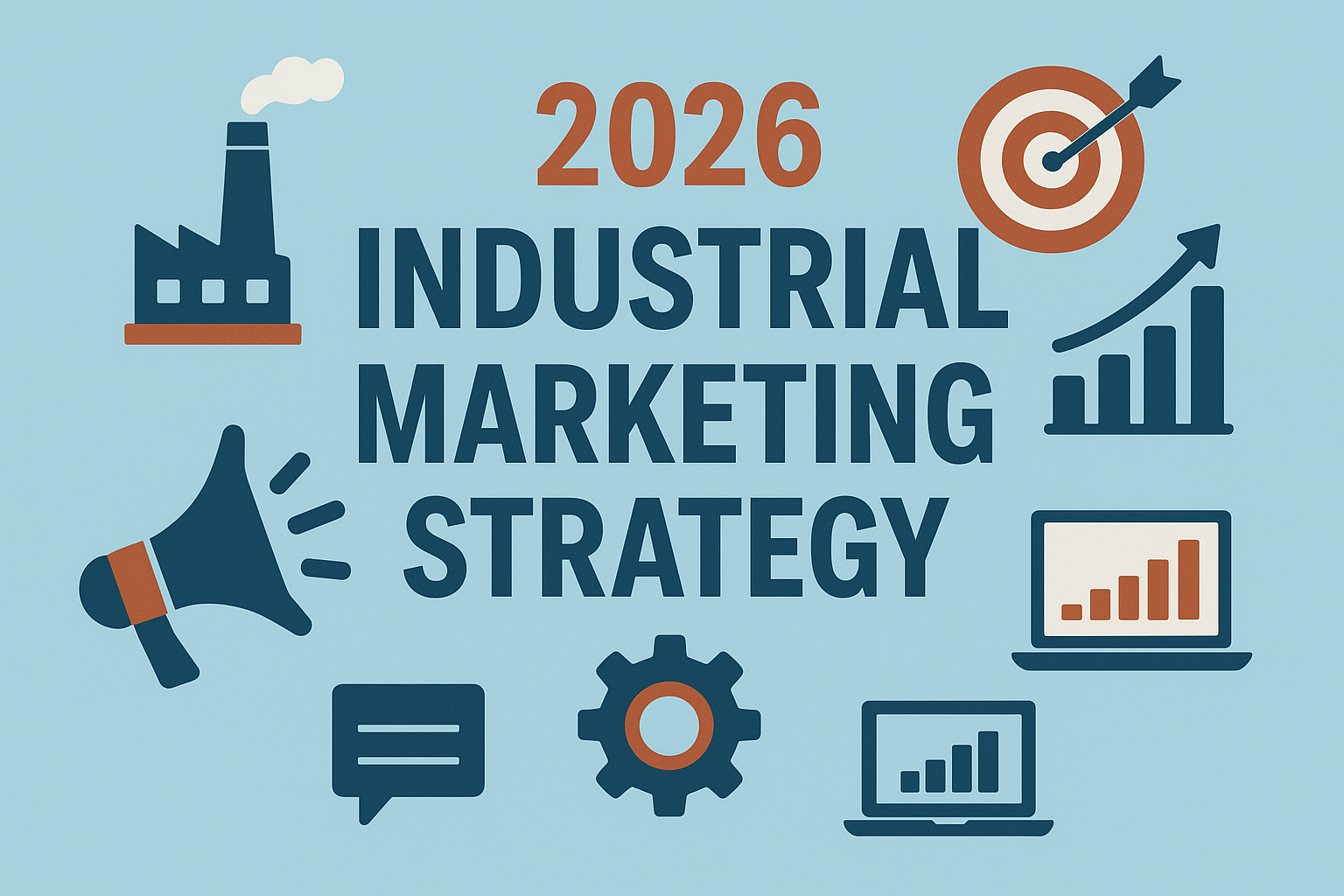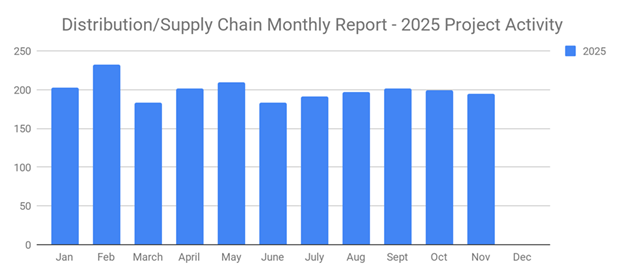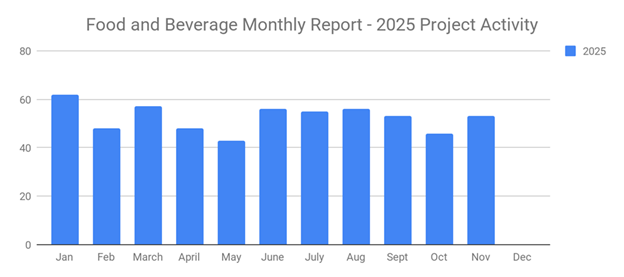
Sales funnel bottlenecks are a major concern in the B2B industry. Your sales funnel is a visual representation of the stages a prospect moves through on the way to becoming a customer. Typically, it includes top-of-the-funnel (TOFU), middle-of-the-funnel (MOFU), and bottom-of-the-funnel (BOFU) stages.
Top-of-the-funnel stages might include awareness and interest. Middle-of-the-funnel stages often include consideration and purchase intent. Bottom-of-the-funnel stages usually involve evaluation and purchasing. When everything flows, leads progress smoothly from one stage to the next.
But when a bottleneck forms, leads pile up and stop moving. Opportunities stall, cycles lengthen, and revenue suffers. So how do you identify and tackle B2B sales funnel bottlenecks?
Glossary: Sales Funnel — A staged view of your sales process that tracks how prospects move from first touch (awareness) through evaluation and finally to purchase.
What Is a Sales Funnel Bottleneck?
Even if you’re familiar with sales funnels, you may not have a clear definition of a sales funnel bottleneck. A bottleneck is simply a blockage or congestion at a specific stage of the funnel. It’s characterized by a large number of leads lingering in one stage for too long without progressing.
Think of it like traffic. With a traffic bottleneck, drivers get stuck in a heavily congested area. With a sales funnel bottleneck, leads get stuck in a congested stage. They don’t progress to evaluation or purchase — instead, they accumulate and stall.
Q: How do I know if I have a sales funnel bottleneck?
A: Look for stages where leads stay much longer than your normal sales cycle or where volume is high but conversion to the next stage is low. That’s usually your bottleneck.
Why Sales Funnel Bottlenecks Hurt B2B Revenue
Generating sales is the primary goal of nearly every B2B organization. But sales only occur at the bottom of the funnel. Bottlenecks, by contrast, almost always form in the top or middle stages.
When a bottleneck appears, leads become stuck in awareness, interest, or consideration. Your team may pour time and resources into moving them along, but if the bottleneck remains, you’ll see:
- Longer sales cycles and delayed revenue.
- Higher customer acquisition costs as more touches are needed per deal.
- Lost opportunities as prospects lose interest or choose competitors.
Research shows that many B2B companies don’t monitor or measure their sales funnel consistently. As a result, they struggle to detect bottlenecks early. While you can’t completely eliminate bottlenecks, you can identify and reduce them before they erode your pipeline.
Glossary: Bottleneck — A stage in your sales funnel where leads accumulate and do not progress at the expected rate, resulting in lost efficiency and missed revenue.
1. Remove Bad Sales Leads
One of the fastest ways to relieve funnel congestion is to remove bad leads. It’s estimated that a significant portion of B2B leads contain invalid, inaccurate, duplicate, or incomplete data. These leads often clog your funnel and distort your metrics.
Examples of bad leads include:
- Invalid or disposable email addresses.
- Missing or fake company details.
- Duplicates created by multiple form fills.
- Contacts completely outside your ideal customer profile.
By systematically cleaning out these records, you’ll create a leaner, more accurate funnel. That makes it easier to see where genuine opportunities are getting stuck and where you need to focus your efforts.
2. Prioritize Leads in Congested Stages
Another key tactic is to prioritize leads that are trapped in congested stages. Many sales reps spend most of their time at the bottom of the funnel, where deals appear “close to the finish line.” While that’s understandable, it can leave large pockets of prospects idle in earlier stages.
Instead of focusing exclusively on BOFU deals, shift some attention to the stages where leads are piling up, such as:
- Prospects who have opened multiple emails but never booked a meeting.
- Leads who attended a webinar but haven’t progressed to a demo.
- Accounts that requested information but haven’t engaged in weeks.
Nurturing these stuck leads with targeted follow-ups, tailored content, and clear next steps can help them move forward, smooth out the funnel, and ultimately increase total closed-won deals.
Q: Which metrics should I track to spot bottlenecks?
A: Monitor stage-to-stage conversion rates, time-in-stage, and volume by stage. Sudden spikes in time-in-stage or large gaps in conversion between two stages usually signal a bottleneck.
3. Use Multiple Methods of Communication
Moving a lead from one stage to the next usually requires meaningful communication. If you’re relying on a single channel (e.g., only email or only phone), some leads will inevitably slip through the cracks.
To keep leads progressing, use a multi-channel outreach strategy such as:
- Email for updates, content, and meeting follow-ups.
- Phone calls for deeper discovery and relationship-building.
- LinkedIn messages to reinforce awareness and thought leadership.
- Live chat or contact forms for low-friction inbound questions.
Different buyers prefer different channels. A multi-channel approach raises your odds of engagement and helps prevent leads from stalling because you simply couldn’t reach them.
4. Create a Clear, Compelling Value Proposition
Many bottlenecks show up in the consideration stage. Here, leads compare your solutions to competitors, weigh costs against value, and evaluate risk. If your value proposition isn’t clear or compelling, they’ll hesitate — and your funnel will clog.
A strong B2B value proposition should clearly answer:
- Who you serve.
- What problem you solve.
- How your solution is different or better.
- Why now is the right time to act.
Refining this message across your website, collateral, and sales conversations will help leads move decisively instead of lingering in “maybe later.”
Glossary: Value Proposition — A concise statement that explains the unique benefit your solution delivers and why a prospect should choose you over competing alternatives.
Turning Bottlenecks into a Better B2B Sales System
Sales funnel bottlenecks are frustrating. You may generate thousands of leads during a given period, but if they aren’t moving, they aren’t producing revenue. The good news: bottlenecks are signal, not failure. They show you exactly where to optimize.
You can tackle funnel bottlenecks by:
- Removing bad or low-quality leads from your database.
- Prioritizing leads in congested funnel stages.
- Using multiple communication channels to increase engagement.
- Sharpening your value proposition to reduce hesitation.
When you actively monitor and optimize your funnel instead of treating it as a static diagram, you’ll shorten sales cycles, improve predictability, and unlock more consistent B2B growth.
About Industrial SalesLeads
Since 1959, Industrial SalesLeads has been a leader in delivering industrial capital project intelligence and prospecting services for B2B sales and marketing teams. Our Industrial Market Intelligence (IMI) identifies companies planning major capital investments such as new construction, expansion, relocation, equipment modernization, and plant closings. Our Outsourced Prospecting Services act as an extension of your sales team, generating qualified meetings and appointments to keep your funnel healthy and moving.
What to learn more? Get in Touch





